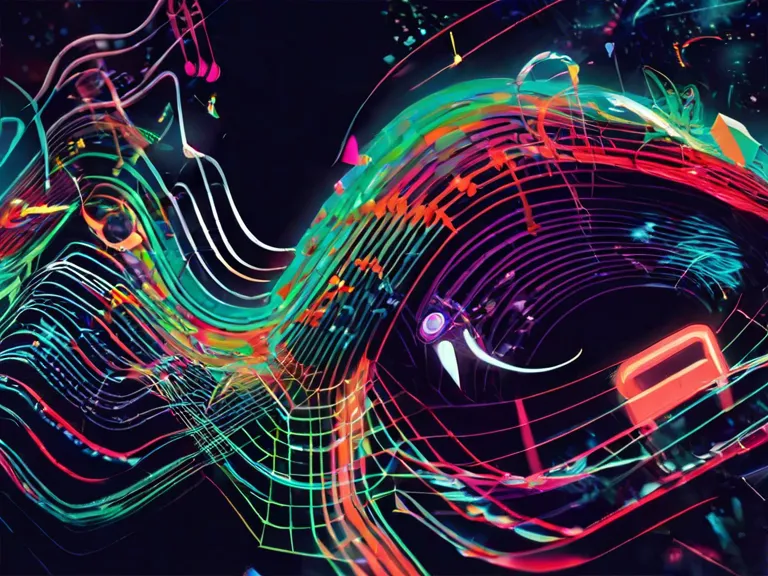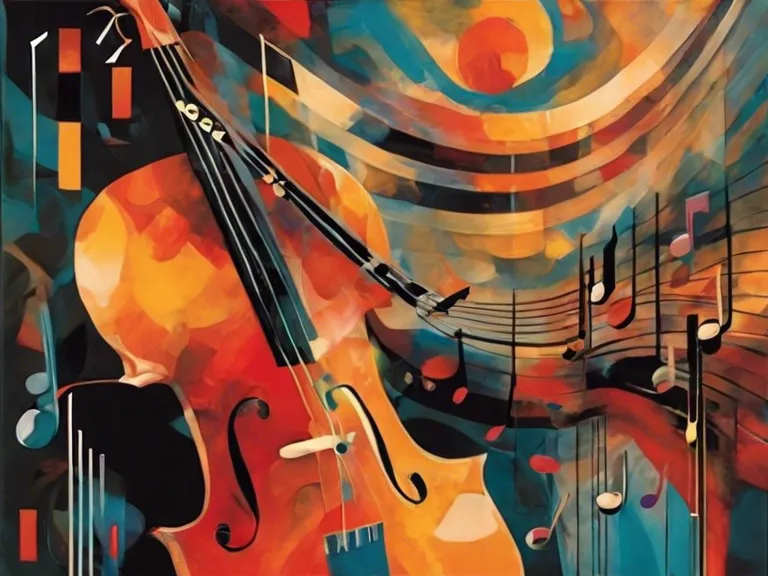
Neon Dreams and Soundscapes: The Evolution of Music Art in the Digital Age
In the digital age, music has transcended its original form as a purely auditory experience and has become a multi-sensory art form. Neon lights, vibrant colors, and immersive soundscapes now accompany the music itself, creating a truly immersive experience for listeners. This evolution of music art in the digital age has opened up new possibilities for artists to express themselves and connect with their audience in unique ways.
One of the most striking aspects of this evolution is the use of neon lights and vibrant colors in music visuals. From music videos to live performances, artists are incorporating neon lights and bright colors to enhance the mood and atmosphere of their music. These visuals create a sense of energy and excitement that complements the music, making the entire experience more engaging for the audience.
Another key element of this evolution is the creation of immersive soundscapes that transport listeners to different worlds. Through the use of surround sound technology and spatial audio, artists can create a 3D audio experience that envelops the listener in a world of sound. This allows listeners to feel as though they are surrounded by the music, enhancing their emotional connection to the music and creating a more impactful listening experience.
The integration of visual and auditory elements in music art has also opened up new opportunities for collaboration between musicians and visual artists. From creating custom visuals for music videos to designing interactive live performances, artists are now working together to create truly unique and innovative experiences for their audience.
Overall, the evolution of music art in the digital age has brought with it a new era of creativity and innovation. By combining neon lights, vibrant colors, and immersive soundscapes, artists are pushing the boundaries of what is possible in music art, creating a truly immersive experience for their audience.

